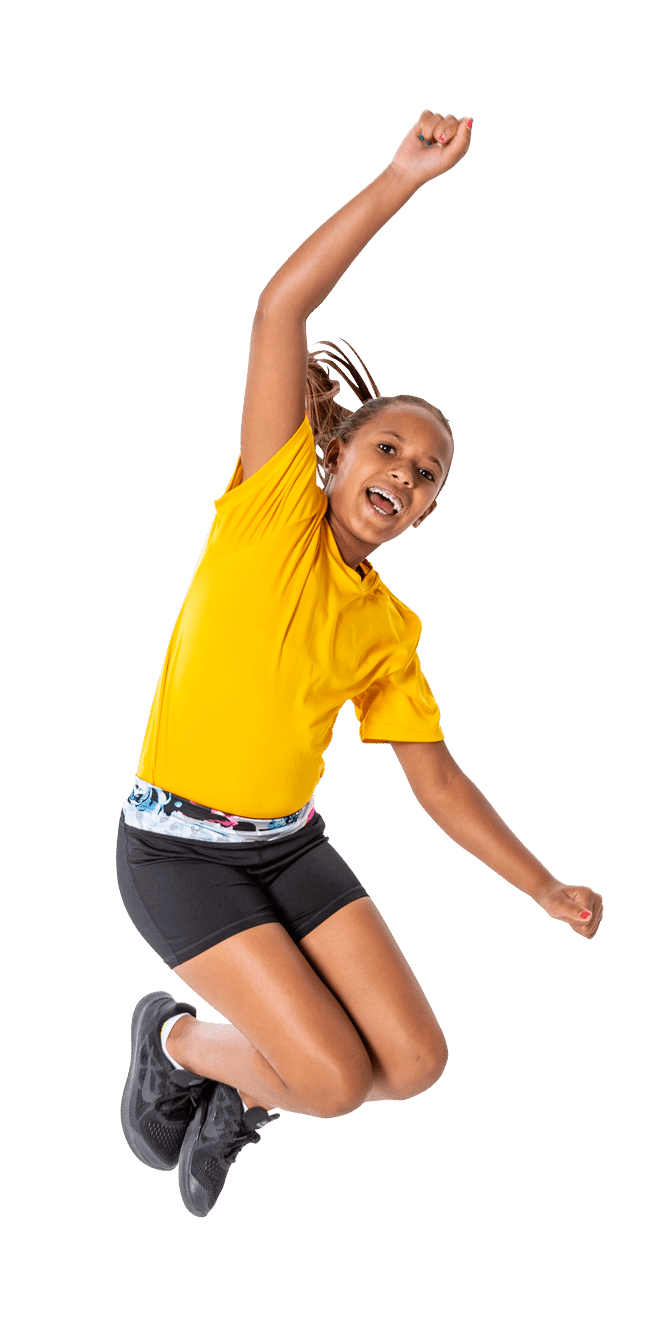It may be fairly obvious how educators can implement assessment and data when it comes to Mathematics or Language Arts; however looking through the lens of Physical Education may seem more difficult. There are a good deal of educators and school administrators who think assessing and tracking data on students during Physical Education class is unnecessary or even impossible. I, and many others in education, however, am in the other camp. I do see merit in using these tools with students when it comes to their personal fitness and wellness.
I have been working in and around Physical Education, Fitness, and Wellness for my entire 20 year career (and counting) as an educator and administrator. One thing I can tell you is that education is always evolving, as it should. Children are learning at a much faster and furious pace. As such, along with that rapid pace comes rising expectations for demonstrated skills by these children. Since they are learning faster they are also being expected to know more and “show what they know” in a more formal manner. This 21st century learning is heavily embedded in data and the students exhibiting growth in their skill set. By osmosis, these same expectations carry over into the realm of Wellness classes. I say it is great that they do carry over; because with all the new technology and best practices available now, it is much easier and efficient to show this type of growth in PE and Fitness classes around the country.
These assessments actually can provide many benefits to you as the teacher as well as your students. Assessments and PE truly make a great partnership. As with any symbiotic relationship, they really do need each other. These assessments and the data they reveal, can be utilized in a multitude of ways in order to help encourage and support your school’s PE/Wellness program. Still not sure how? Take a look at these brief examples…
Assessment in P.E. Examples:
What better way to demonstrate growth in PE than to develop a Fitness or Wellness class/program along with a series of benchmarks and movements along the way to help children improve? Education is about learning and improving your skill set (cognitive or physical). How perfectly this correlates to PE!
Think about it, students enter your PE class, and then are presented with a series of challenges or “tests” to develop a foundational baseline, a baseline that is easily trackable and presentable. Teachers then discuss with students individually where they are at relative to the program or personal goals and then send them off on individual plans and paths to improve their baseline scores and data. Every move they make in class from then on is designed to help them improve their “fitness, fundamentals and fun” factors. The journey begins!
Add to this programming the intrinsic factor of personal motivation and you are off and running even faster. I have been around long enough to notice that once you add a quantifiable component, such as a number of crunches, pounds lifted, distance run time, enhanced flexibility, etc…, the internal competitive fires begin to be stoked. People naturally want to improve, especially if someone is “keeping score.” I have seen very few K-12 students not want to better their scores for their benchmarks, no matter what the category. The kids love trying to improve and surpass their own scores. As long as you keep the scores individual in nature then I believe this is a great way to motivate your students to improve their fitness levels. They will jump at the chance to improve and the end result is kids being more active in you class. It’s a win for everyone! Gopher has a wide selection of Physical Education assessment equipment including pedometers, heart rate monitors and push-up testers.
Assessments are a necessary component in today’s world of education. Teachers and students need to be able to demonstrate growth of student skills. Armed with that premise, assessment and Physical Education really should not exist without each other In today’s data-driven world, what better way to demonstrate students’ skills as well as motivate and encourage lifelong movement goals; inspire activity; and ultimately demonstrate improvement than to track the measurable progress of school children?





